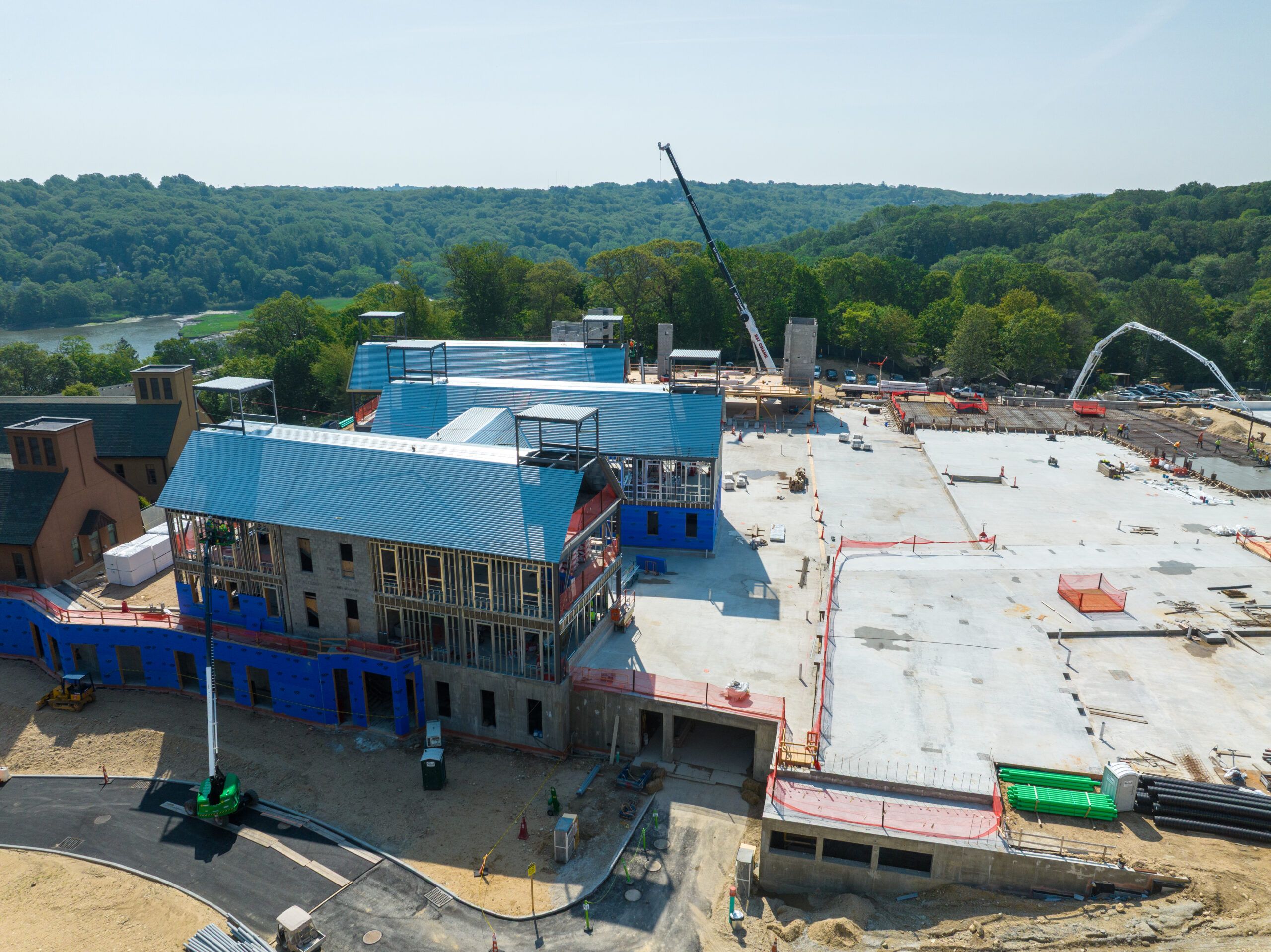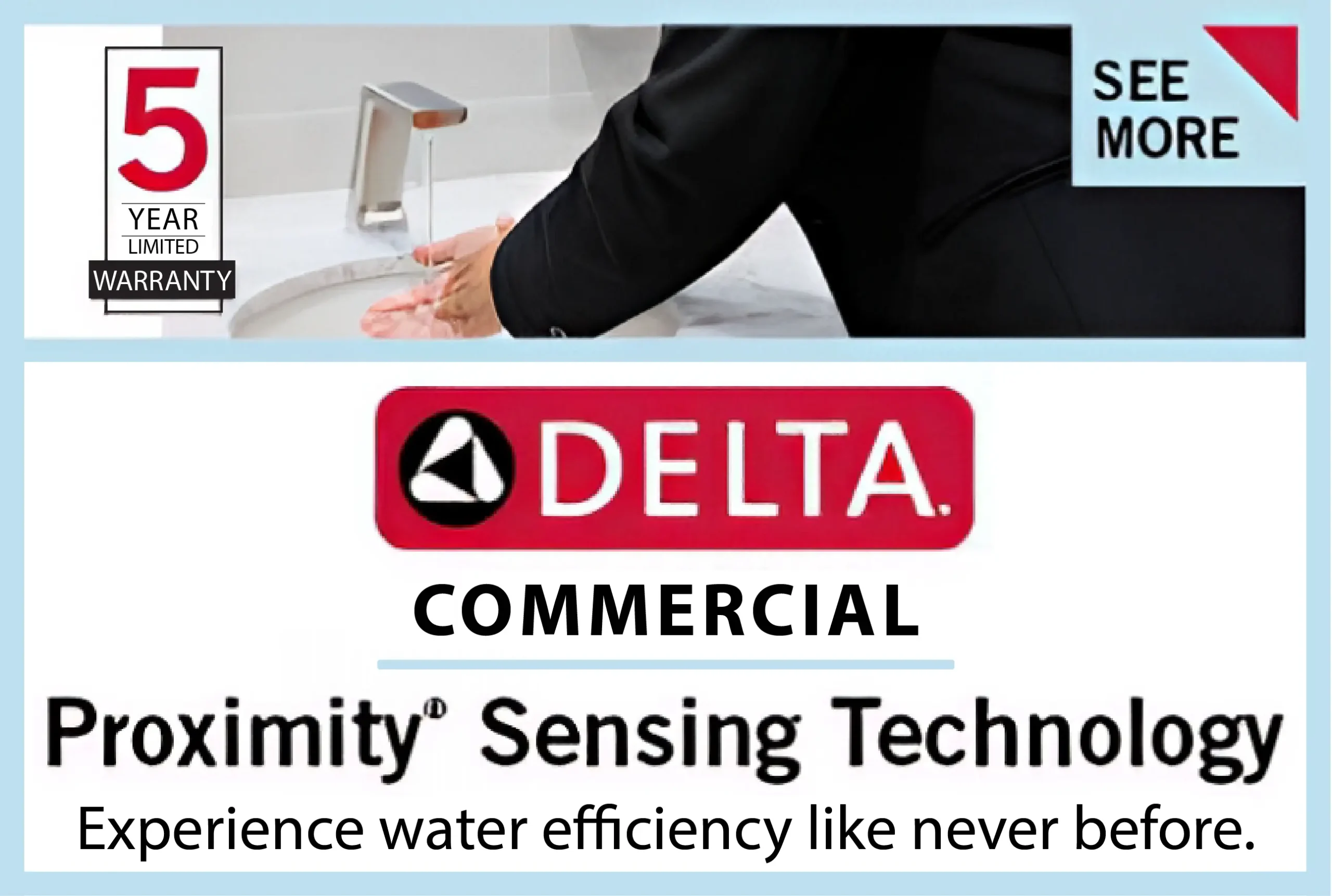In the competitive landscape of home services, simply hanging a shingle and waiting for the phone to ring is a relic of the past. Today, homeowners turn to the internet to find reliable contractors for everything from kitchen renovations to emergency plumbing repairs. This digital shift has made Home Improvement SEO not just an advantage, but a necessity for businesses looking to thrive. This comprehensive guide, spanning approximately 1600 words, will delve deep into the intricacies of optimizing your online presence to attract qualified leads and grow your home improvement business.
The Foundational Pillars of Home Improvement SEO
Think of your website as the foundation of your online presence. Without a solid base, any SEO efforts will be built on shaky ground. Here are the crucial elements to address:
-
Website Audit and Technical SEO:
Before diving into keyword research or content creation, it’s essential to understand the current health of your website. A thorough technical SEO audit will identify any roadblocks preventing search engines from crawling and indexing your site effectively. This includes:
- Site Structure: Is your website easy to navigate for both users and search engine bots? A clear and logical hierarchy with well-defined categories and internal linking is crucial.
- Mobile-Friendliness: With a significant portion of online searches happening on mobile devices, a responsive and user-friendly mobile experience is non-negotiable. Google prioritizes mobile-first indexing, meaning it primarily uses the mobile version of your content for ranking.
- Site Speed: Slow loading times can frustrate users and negatively impact your search engine rankings. Optimize images, leverage browser caching, and consider a Content Delivery Network (CDN) to improve speed.
- HTTPS Security: A secure website with an SSL certificate (HTTPS) is essential for building trust with users and is a minor ranking factor for Google.
- Crawlability and Indexability: Ensure search engine bots can easily access and understand all the important pages on your site. Check your robots.txt file and XML sitemap.
- Broken Links and 404 Errors: Identify and fix any broken internal or external links and ensure proper handling of 404 (page not found) errors.
- Schema Markup: Implement structured data markup (schema.org) to provide search engines with more context about your content, potentially leading to rich snippets in search results (e.g., reviews, pricing, FAQs).
-
Keyword Research: Understanding Your Audience’s Needs:
Keyword research is the cornerstone of any successful SEO strategy. It involves identifying the terms and phrases your target audience uses when searching for home improvement services. Effective keyword research will help you understand:
- Search Volume: How often are specific keywords being searched?
- Keyword Difficulty: How competitive is it to rank for those keywords?
- User Intent: What is the user’s goal behind their search query (informational, navigational, transactional)?
Strategies for Home Improvement Keyword Research:
- Brainstorming: Start by listing all the services you offer (e.g., “kitchen remodeling,” “roof repair,” “bathroom renovation”).
- Location-Based Keywords: Incorporate your service areas (e.g., “plumber Zhytomyr,” “deck builder near me”). Local SEO is paramount for home improvement businesses.
- Long-Tail Keywords: These are longer, more specific phrases (e.g., “how to fix a leaky faucet in the kitchen”). While they have lower search volume individually, they often indicate a higher intent to hire.
- Competitor Analysis: Analyze the keywords your top-ranking competitors are targeting.
- Keyword Research Tools: Utilize tools like Google Keyword Planner, SEMrush, Ahrefs, and Moz Keyword Explorer to uncover valuable keywords and analyze their metrics.
- Question-Based Keywords: Identify questions homeowners ask online related to your services (e.g., “how much does it cost to replace a roof?”).
Categorizing Keywords:
- Service Keywords: Directly related to the services you offer (e.g., “electrical installation,” “fence repair”).
- Informational Keywords: Used by users seeking information or guidance (e.g., “types of roofing materials,” “benefits of energy-efficient windows”).
- Transactional Keywords: Indicate a strong intent to hire (e.g., “find a contractor for siding replacement,” “get a quote for bathroom remodel”).
-
On-Page Optimization: Making Your Content Search Engine Friendly:
Once you have your target keywords, it’s crucial to strategically incorporate them into your website’s content and HTML elements. This is known as on-page optimization:
- Title Tags and Meta Descriptions: These HTML tags appear in search engine results pages (SERPs). Optimize them with relevant keywords and compelling descriptions to encourage clicks.
- Header Tags (H1-H6): Use header tags to structure your content and highlight important keywords. Your primary keyword should ideally be in the H1 tag of each relevant page.
- Content Optimization: Create high-quality, informative, and engaging content that naturally incorporates your target keywords. Focus on providing value to your users and answering their questions comprehensively. Avoid keyword stuffing, which can harm your rankings.
- Image Optimization: Optimize your images by using descriptive file names and alt text that include relevant keywords. This helps search engines understand the content of your images and can improve your visibility in image search results.
- Internal Linking: Link relevant pages within your own website to improve navigation, distribute link equity, and provide context to search engines.
- URL Structure: Use clean, concise, and keyword-rich URLs.
The Power of Local SEO for Home Improvement Businesses
Home improvement services are inherently local. Homeowners typically search for contractors in their immediate vicinity. Therefore, a robust local SEO strategy is paramount:
-
Google Business Profile (GBP) Optimization:
Your Google Business Profile is arguably the most crucial element of your local SEO efforts. Ensure it is:
- Claimed and Verified: Verify your business listing with Google.
- Complete and Accurate: Provide accurate and up-to-date information, including your business name, address, phone number (NAP), website URL, business hours, and categories.
- Keyword-Rich Description: Write a compelling and informative description that includes relevant local keywords and your services.
- Regularly Updated: Post updates, special offers, photos of your work, and respond promptly to customer reviews.
- Photos and Videos: Upload high-quality photos and videos showcasing your projects and team.
-
Local Citations:
List your business information (NAP) on relevant online directories and citation websites (e.g., Yelp, Yellow Pages, Houzz, Angie’s List). Consistency in your NAP across all platforms is crucial.
-
Online Reviews:
Positive customer reviews are a significant ranking factor for local SEO and build trust with potential clients. Encourage satisfied customers to leave reviews on your GBP and other relevant platforms. Respond to all reviews, both positive and negative, professionally.
-
Local Link Building:
Obtain backlinks from other local businesses, community organizations, and relevant local websites. This signals to search engines that your business is a reputable part of the local ecosystem.
-
Location Pages:
If you serve multiple locations, create dedicated location pages on your website optimized for the specific keywords and geographic areas.
Content is King: Engaging Your Audience and Attracting Leads
High-quality content is essential for attracting and engaging your target audience, establishing yourself as an authority in the home improvement industry, and improving your search engine rankings.
Types of Content for Home Improvement Businesses:
- Service Pages: Detailed pages outlining each of your services, including benefits, processes, and examples.
- Blog Posts: Informative articles addressing common homeowner questions, providing tips and advice, and showcasing your expertise (e.g., “Choosing the Right Countertop Material,” “Preparing Your Home for Winter”).
- Case Studies: Highlight successful past projects with before-and-after photos and client testimonials.
- Videos: Engaging video content showcasing your work, team, or providing helpful DIY tips (with a clear call to action to hire you for more complex tasks).
- Infographics: Visually appealing content that presents data or information in an easy-to-understand format.
- Ebooks and Guides: Offer in-depth resources on specific home improvement topics in exchange for contact information (lead generation).
Content Optimization Strategies:
- Focus on User Intent: Create content that directly addresses the needs and questions of your target audience.
- Thorough and Comprehensive: Provide in-depth information and avoid superficial content.
- Visually Appealing: Use high-quality images and videos to break up text and enhance engagement.
- Clear Call to Actions (CTAs): Encourage users to take the next step, such as requesting a quote, contacting you, or downloading a resource.
- Mobile-Friendly Formatting: Ensure your content is easily readable on all devices.
The Importance of Link Building: Building Authority and Trust
Backlinks, or links from other websites to yours, are a crucial ranking factor for search engines. They act as a vote of confidence, signaling that your website is a valuable and trustworthy resource.
Effective Link Building Strategies for Home Improvement Businesses:
- Local Outreach: Connect with local businesses, community organizations, and bloggers for potential collaborations and link opportunities.
- Industry Directories: List your business in relevant industry-specific directories.
- Guest Blogging: Write valuable content for other websites in your niche or related industries with a link back to your site.
- Resource Pages: Identify websites that curate lists of helpful resources and suggest your website for inclusion.
- Broken Link Building: Find broken links on other websites and offer your relevant content as a replacement.
- HARO (Help A Reporter Out): Respond to media requests related to your expertise and potentially earn valuable backlinks.
Focus on Quality Over Quantity: Aim for backlinks from authoritative and relevant websites rather than a large number of low-quality links.
Measuring Success: Tracking Your Home Improvement SEO Performance
It’s essential to track your SEO performance to understand what’s working and identify areas for improvement. Key metrics to monitor include:
- Organic Traffic: The number of visitors coming to your website from search engine results.
- Keyword Rankings: The position of your target keywords in search engine results pages.
- Leads and Conversions: Track the number of inquiries, quote requests, and ultimately, new clients generated through organic search.
- Website Engagement Metrics: Monitor metrics like bounce rate, time on page, and pages per session to understand how users interact with your website.
- Google Business Profile Insights: Track views, clicks, calls, and direction requests from your GBP.
Tools for Tracking SEO Performance:
- Google Analytics: Provides detailed website traffic and user behavior data.
- Google Search Console: Offers insights into your website’s performance in Google search results, including crawl errors, keyword rankings, and backlinks.
- Keyword Tracking Tools: Monitor your keyword rankings over time.
- Call Tracking Software: Attribute phone calls to specific marketing channels, including organic search.
Staying Ahead of the Curve: The Evolving Landscape of SEO
The world of SEO is constantly evolving with algorithm updates and new technologies. To maintain a competitive edge, it’s crucial to stay informed about the latest trends and best practices. This includes:
- Voice Search Optimization: As voice assistants become more popular, optimize your content for conversational queries.
- Artificial Intelligence (AI) in SEO: Understand how AI is influencing search algorithms and content creation.
- User Experience (UX): Google increasingly prioritizes websites that provide a positive user experience.
- Video SEO: Optimize your video content for search engines.
- Mobile-First Indexing: Ensure your website is fully optimized for mobile devices.
Conclusion: Investing in Your Digital Future with Home Improvement SEO
Home Improvement SEO is not a one-time task but an ongoing process that requires dedication, strategic planning, and continuous monitoring. By implementing the strategies outlined in this guide, you can build a strong online presence, attract qualified leads, establish yourself as a trusted authority in your local market, and ultimately, drive significant growth for your home improvement business. In today’s digital age, investing in SEO is an investment in the long-term success and sustainability of your business. Don’t get left behind – start optimizing your online presence today and watch your business flourish.











